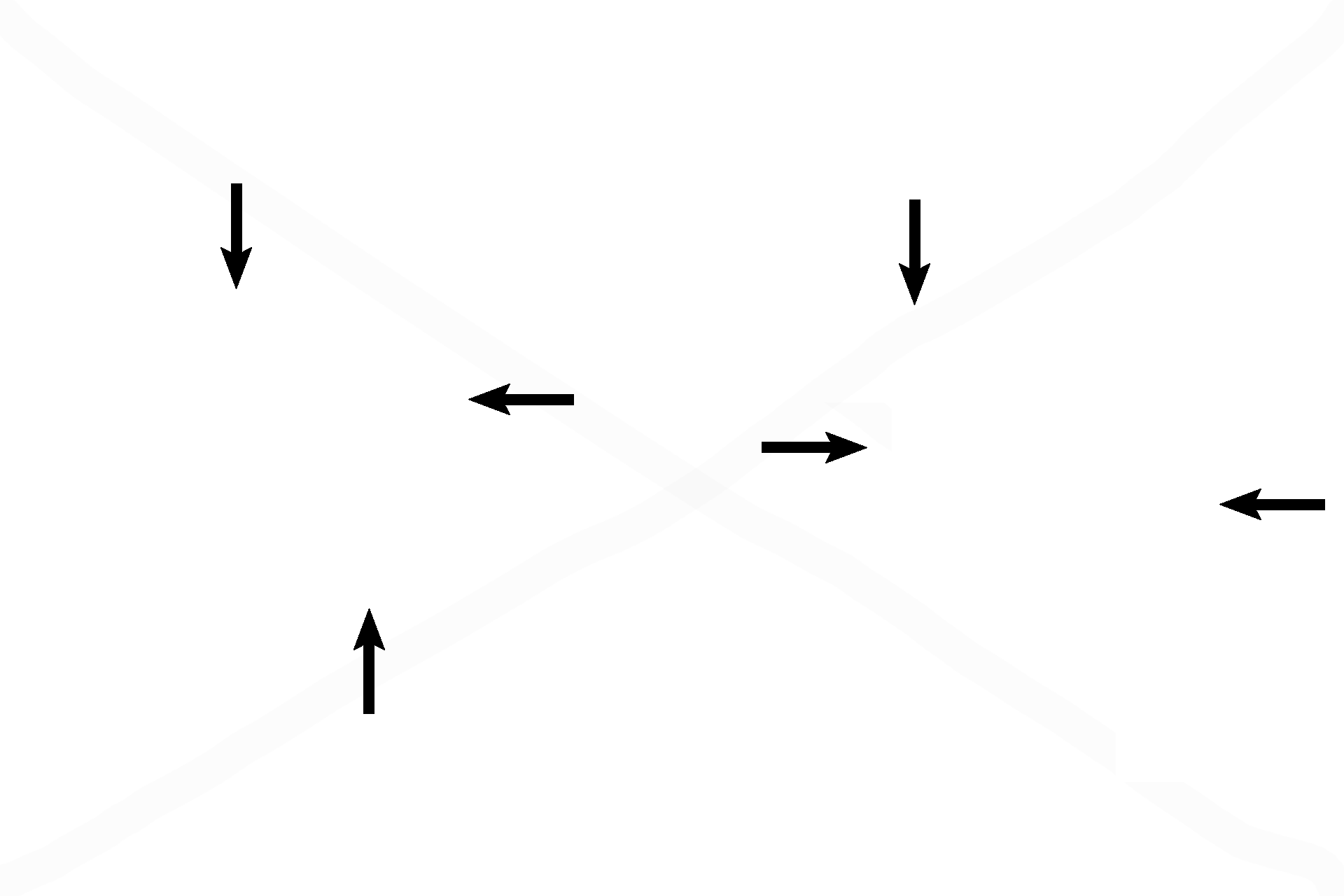
Bone: deposition
The leading tip of a bone remodeling unit, the resorption canal, erodes bone, forming a columnar channel. Further along this column, however, bone resorption ceases and osteoblasts begin to deposit new bone, filling in the resorption canal with an osteon. 400x, 400x

Remodeling unit >
This oblique section through a bone remodeling unit is located near the junction where resorption ceases and bone deposition begins. Here, resorption is occurring below the bar, while newly formed bone is being deposited around the remainder of the canal. Consequently, this canal is half resorption canal (bottom) and half forming Haversian canal (top).

Forming osteon >
The image on the left shows a canal rimmed with one-two lamellae of bone, a lining layer consisting entirely of osteoblasts, and a regular outline. Thus, it cannot be a resorption canal, but must be a forming osteon. This section, showing the centripetal deposition of lamellae, is located in the closing end of the bone remodeling unit, further from the eroding tip than the image on the right.

Osteoblasts >
In regions where bone is being deposited, the remodeling unit and forming osteon are lined by a single layer of osteoblasts.

Osteoclast >
An osteoclast is larger than an osteoblast and lies on a resorbing surface; therefore, although it is not seen in clear focus, this cell is most probably an osteoclast.
 PREVIOUS
PREVIOUS